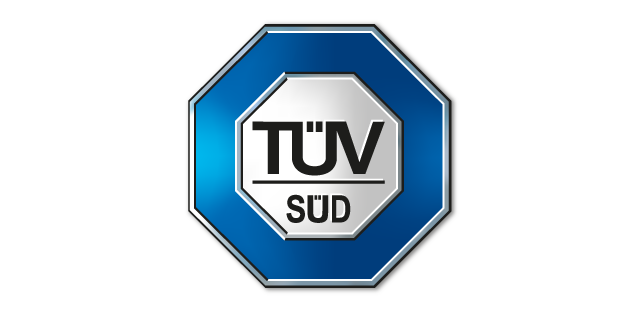
chassis.tech plus 2025
03-06-2025 – 04-06-2025 – Munich or virtually via live stream
Cooperation partners

14th International Munich Chassis Symposium | Hybrid Event
4 congresses in one event
20-06-2023 – 21-06-2023 – Munich or via live stream
Automobili Lamborghini S.p.A.
BMW M GmbH
Continental Reifen Deutschland GmbH
Maserati S.p.A.
Porsche Engineering Services s.r.o.
Vector Consulting Services GmbH
Authors: Christiane Köllner, Patrick Schäfer
News from the chassis.tech plus 2023
14th International Munich Chassis Symposium | Hybrid Event
20-06-2023 – 21-06-2023 – Munich, Germany or via live stream
Megatrends Influence the Overall Chassis System
Sustainability, electromobility, and automation in the transport sector: These megatrends are having a major impact on the overall chassis system. How exactly was discussed at chassis.tech plus 2023.
The chassis system faces numerous challenges. With these words, Professor Dr. Peter E. Pfeffer, Munich University of Applied Sciences, has opened chassis.tech plus 2023. These include automated driving, connectivity and, as a particularly major challenge, sustainability, said the symposium's scientific director. More than 400 participants from 20 countries gathered for the 14th International Munich Chassis Symposium, which has taken place on June 20 and 21, 2023 in Munich and as a live stream, according to Dr. Alexander Heintzel, Editor-in-Chief of the ATZ | MTZ Group.
BMW M and Maserati: On the Road to Performance E-Mobility
The first two keynotes on the first day of the event focused on sports cars and high-performance vehicles. In his presentation, Franciscus van Meel, Chairman of the Board of Management of BMW M GmbH, outlines the path BMW M will take toward high-performance electromobility with integrated drive and driving dynamics control. He said that concept testing will focus on an all-wheel drive system consisting of four electric motors and an integrated driving dynamics control system. The transfer of characteristics from the current generation of vehicles, such as dynamics and agility, forms the basis for future BEV-centric vehicle concepts, he said. The architecture and design of the components is carried out with the best possible resolution of existing requirements and conflicting goals such as efficiency or curve traction. The decisive factor for all developments is the scalability of the system architecture to all future BMW drive concepts.
Dr. Davide Danesin, Granturismo Program Director at Maserati, presented the new Maserati Granturismo in his keynote speech. He said the Granturismo coupe is available in both internal combustion engine and all-electric versions. The new coupe is equipped with the Nettuno 3.0-liter twin-turbo V6 engine, which is available in two versions: the Modena version with 360 kW (490 hp) or the high-performance Trofeo version with 404 kW (550 hp). Alternatively, the Granturismo Folgore has a pure battery-electric powertrain. The Folgore system is based on 800 V technology and was developed using technical solutions from Formula E, he said. Three 300-kW permanent magnet motors are used. The battery has a nominal capacity of 92.5 kWh and a discharge capacity of 560 kW to continuously transmit around 559 kW (760 hp) to the wheels.
Agile Methods and Tire Abrasion
The presentation "Automotive Systems Engineering" by Prof. Dr. Christof Ebert, Managing Director of Vector Consulting Services, provided an introduction to agile systems engineering and shares experiences from projects in the automotive industry. According to Ebert, digitalization presents mechatronics and software development with completely new challenges, the growing complexity of which can only be solved with an agile mindset. His holistic approach is based on the pillars of business model, technology, people and processes and also includes costs, questions about global collaboration and cybersecurity.
The presentation "Opportunities and Challenges of the Sustainability Megatrend for the Tire Industry" by Bernd Korte, Vice President Research and Development Original Equipment Passenger and Light Truck Tires at Continental, dealed with the sustainability of tires. Korte refers primarily to the use phase. This raises the question of how tire wear can be measured in a similar way to the already established rolling resistance. Korte sheds light on the tire industry's efforts to objectify tire wear, so most of the particles of abrasion can no longer be absorbed. The main part remains in a kind of "lubricating film" on the road. In addition, the challenges in developing a standardized tire wear test are presented.